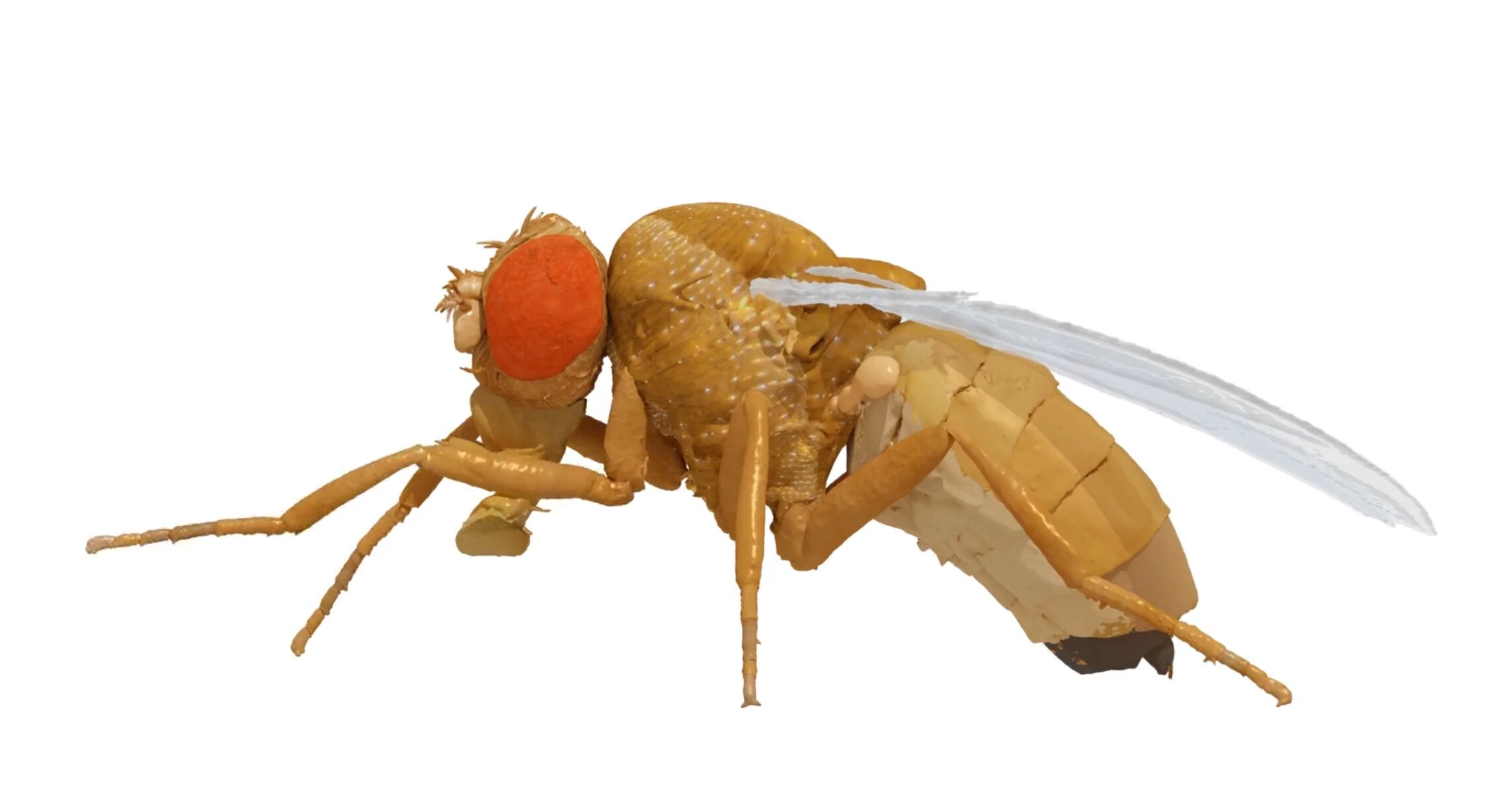NeuroMechFly: A digital twin of Drosophila
Date: 11.5.2022
EPFL scientists have developed a digital model of the fruit fly, Drosophila melanogaster, that realistically simulates the movements of the animal. The twin is a big step towards reverse engineering the neuromechanical control of animal behavior, and developing bioinspired robots.
 "We used two kinds of data to build NeuroMechFly," says Professor Pavan Ramdya at EPFL's School of Life Sciences. "First, we took a real fly and performed a CT scan to build a morphologically realistic biomechanical model.
"We used two kinds of data to build NeuroMechFly," says Professor Pavan Ramdya at EPFL's School of Life Sciences. "First, we took a real fly and performed a CT scan to build a morphologically realistic biomechanical model.
The second source of data were the real limb movements of the fly, obtained using pose estimation software that we've developed in the last couple of years that allow us to precisely track the movements of the animal."
Ramdya's group, working with the group of Professor Auke Ijspeert at EPFL's Biorobotics Laboratory, has published a paper in Nature Methods showcasing the first ever accurate "digital twin" of the fly Drosophila melanogaster, dubbed "NeuroMechFly".
Constrained by morphological and kinematic data from these previous studies, the model features independent computational parts that simulate different parts of the insect's body. This includes a biomechanical exoskeleton with articulating body parts, such as head, legs, wings, abdominal segments, proboscis, antennae, halteres (organs that help the fly measure its own orientation while flying), and neural network "controllers" with a motor output.























